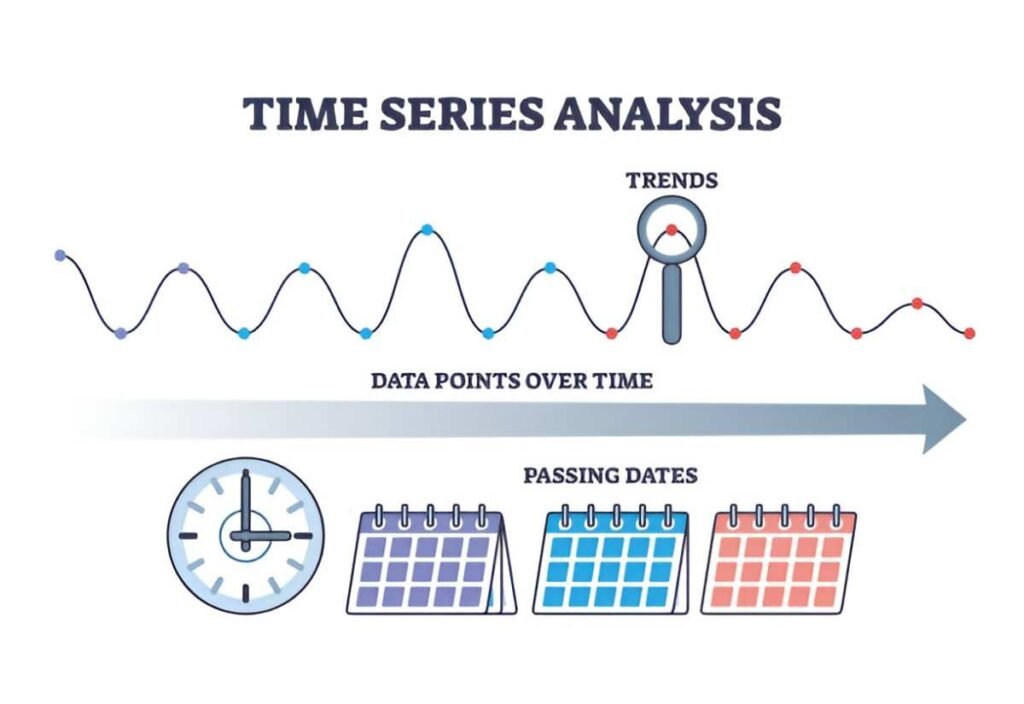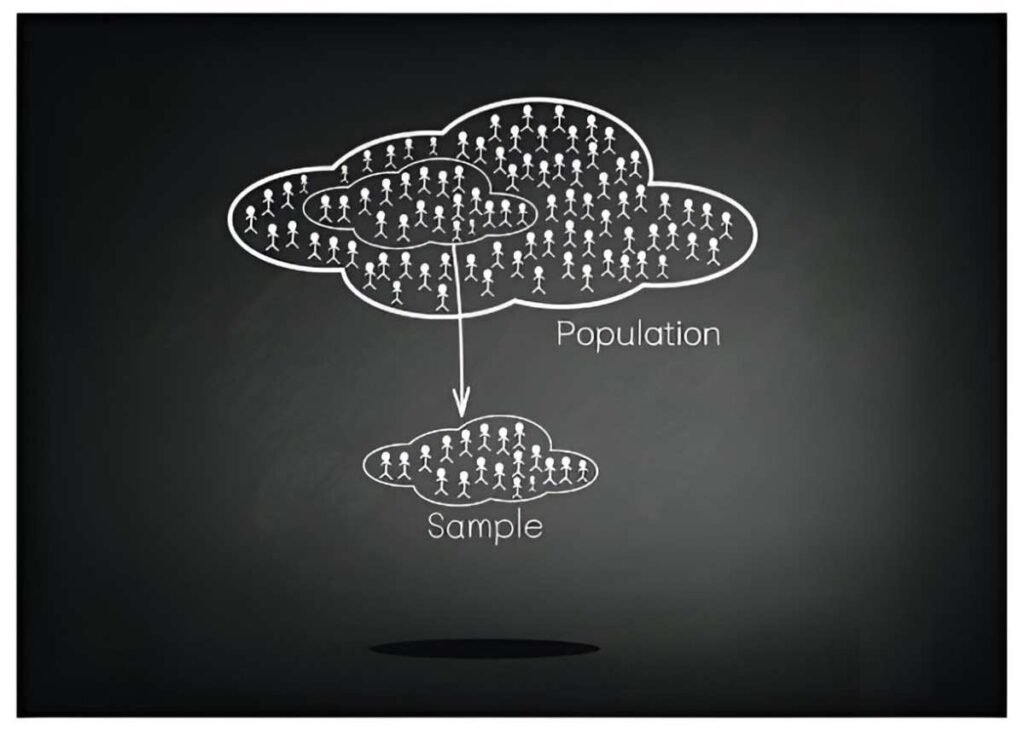A means test is a method used to assess an individual’s financial situation to determine their eligibility for certain benefits, assistance programs, or services. In this guide, we’ll explore what a means test entails, how it works, its significance, and provide practical examples to illustrate its application.
Table of Contents
What is a Means Test?
A means test is a financial evaluation process used by governments, organizations, or institutions to determine an individual’s eligibility for financial assistance, benefits, or services based on their income, assets, expenses, and other relevant financial factors. The test aims to ensure that resources are allocated to those who truly need them, targeting assistance to individuals with limited financial means.
How Does a Means Test Work?
The means test typically involves gathering detailed information about an individual’s financial situation, including:
- Income: This includes wages, salaries, pensions, rental income, dividends, and any other sources of income.
- Assets: Assets such as savings, investments, property, vehicles, and other valuable possessions are assessed.
- Expenses: Essential living expenses, such as housing, utilities, food, healthcare, and transportation, are taken into account.
- Debts and Obligations: Any outstanding debts, loans, or financial obligations are considered.
Based on the information collected, a calculation is performed to determine whether the individual meets the specified criteria for eligibility. The criteria may vary depending on the program or service being assessed.
Significance of Means Test
Means tests serve several important purposes:
- Equitable Distribution: By assessing individuals’ financial situations, means tests ensure that assistance is distributed fairly and efficiently, targeting those in genuine need.
- Resource Allocation: Means tests help governments and organizations allocate limited resources effectively, prioritizing support for the most vulnerable individuals and families.
- Prevention of Fraud and Abuse: Means tests help prevent fraudulent claims and misuse of benefits by ensuring that only eligible individuals receive assistance.
- Budgetary Control: Implementing means tests assists in managing budgets for social welfare programs and other financial assistance schemes, ensuring sustainability and accountability.
Example of Means Test
Let’s consider an example of a means test used for determining eligibility for a government assistance program.
Program: Subsidized Housing Program
Criteria:
- Maximum annual income for eligibility: $30,000
- Maximum asset value: $50,000
Case Study: Sarah, a single mother with two children, applies for subsidized housing. She provides details of her income, assets, and expenses as follows:
- Annual Income: $25,000
- Assets: Savings of $20,000, no other significant assets
- Expenses: Rent, utilities, food, and childcare expenses totaling $20,000 per year
Based on the means test calculation:
- Sarah’s income is below the maximum threshold, making her eligible.
- Her assets are also within the allowable limit.
- Therefore, Sarah qualifies for the subsidized housing program.
Conclusion
A means test is a financial assessment process used to determine eligibility for various benefits, assistance programs, or services. It involves evaluating an individual’s income, assets, expenses, and other financial factors to ensure that resources are allocated to those who genuinely need them. Understanding how means tests work is essential for individuals seeking financial assistance and for policymakers responsible for designing and implementing assistance programs.





